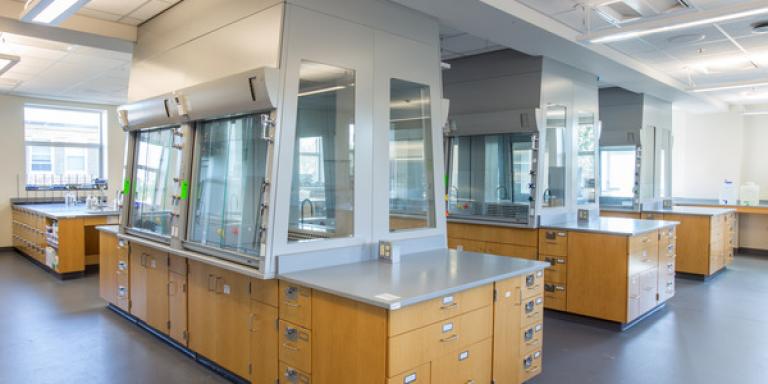
June 10, 2021
San Francisco Business Times Featuring Dan Ringler: "How do you convert office space to lab space?"
Developers and companies have increasingly been exploring efforts to convert existing commercial office space into laboratories. A trend driven in large part by the glut in empty offices and the corresponding demand surge in the life sciences sector due to the pandemic.
These kinds of projects are particularly fraught with challenges and high costs because of the many highly specialized needs and requirements for a life sciences workplace.
San Francisco Business Times has gathered industry experts including HED's own Dan Ringler to discuss some essential considerations for a successful office-to-lab retrofit:
Early start: Engage an architect and structural, mechanical, electrical and plumbing engineers early in the process to get an informed look at existing conditions.
Floor-to-floor heights: A clear height of 14 to 15 feet typically is a good start. Also a critical issue: the floor’s weight-bearing capability. A lab floor needs to be able to handle 100 to 125 pounds per square foot. In contrast, the threshold for a regular office is 60 to 75 pounds per square foot.
Air, electrical and other mechanical systems: air flow in a lab needs to be robust. Lab spaces require 100% outside air, Suter said. In contrast, a typical office uses recirculated air.
Delivery and loading concerns: A dedicated freight elevator is vital for materials coming and going - no commingling can occur due to contamination.
Controlling costs: Understand the areas that drive costs and where potential savings can be found. Total conversion costs can vary depending on the condition of a building, existing infrastructure, the type of life sciences work to be housed and other factors. But many conversions would run between $200 and $450 per square foot, according to Suter.
In comparison, according to Ringler, typical office tenant improvements can range between $50 and $75 per square foot for second-generation space but much higher for first-generation product depending on the client’s needs.
Read the full article published in San Francisco Business Times in the link below. Please note a subscription may be required.
These kinds of projects are particularly fraught with challenges and high costs because of the many highly specialized needs and requirements for a life sciences workplace.
San Francisco Business Times has gathered industry experts including HED's own Dan Ringler to discuss some essential considerations for a successful office-to-lab retrofit:
Early start: Engage an architect and structural, mechanical, electrical and plumbing engineers early in the process to get an informed look at existing conditions.
Floor-to-floor heights: A clear height of 14 to 15 feet typically is a good start. Also a critical issue: the floor’s weight-bearing capability. A lab floor needs to be able to handle 100 to 125 pounds per square foot. In contrast, the threshold for a regular office is 60 to 75 pounds per square foot.
Air, electrical and other mechanical systems: air flow in a lab needs to be robust. Lab spaces require 100% outside air, Suter said. In contrast, a typical office uses recirculated air.
Delivery and loading concerns: A dedicated freight elevator is vital for materials coming and going - no commingling can occur due to contamination.
Controlling costs: Understand the areas that drive costs and where potential savings can be found. Total conversion costs can vary depending on the condition of a building, existing infrastructure, the type of life sciences work to be housed and other factors. But many conversions would run between $200 and $450 per square foot, according to Suter.
In comparison, according to Ringler, typical office tenant improvements can range between $50 and $75 per square foot for second-generation space but much higher for first-generation product depending on the client’s needs.
Read the full article published in San Francisco Business Times in the link below. Please note a subscription may be required.